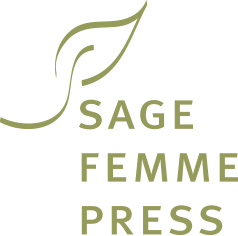Truth be told, I’m not leaving the mainstream. I left it long ago. Early on I stepped off a traditional career path for one less traveled. In time, I left employment for a mosaic of side gigs. After a disappointing first experience with an established New York book publishing house, I decided that, in the future, I’d be my own publisher. Most recently I’ve allowed the muse to have her way and take my writing in new directions.
Right now I’m splashing about happily in my small side stream preparing to publish another poetry collection. The title came to me years ago. I’ve selected the poems and arranged them in three sections. I have an introduction and short bio in draft. As always, graphic designer Lisa Carey is onboard to design the book and guide the printing. I’m collaborating with Art Enables (www.art-enables.org) in D.C. to incorporate work by their artists. Plans to get a Library of Congress Control Number, ISBN and barcode are in process. The price and print run (small, I’ve learned my lesson) are pretty much set. Publicity, as always, will be an interesting challenge but I have a few ideas beyond Amazon.com and a family-and-friends launch party.
It’s such a pleasure to create the whole package in a way that reflects my vision. It’s not profitable mind you. In fact it will likely cost more money than I hope to recoup. But that’s not the point. When you cook an elaborate dinner for your family, craft a special quilt for a new baby, build a bookcase for a friend or perform music you’ve labored to learn, if you’re like me, you’re not doing it to make a profit or a reputation so much as offering your gift to those for whom it’s meant. This project is something that’s in me to do. I know those for whom it’s meant. And I look forward to presenting it sometime next year.
